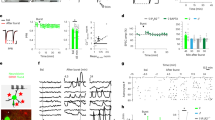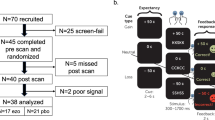Abstract
The nonselective cation channel TRPC4 has been shown to be present in high abundance in the corticolimbic regions of the brain and play a pivotal role in modulating cellular excitability due to their involvement in intracellular Ca^2+^ regulation. Recently we reported their involvement in socialization and regulating anxiety-like behaviors in rats. Given the important role for dopamine in modulating emotions involved in social anxiety we investigated whether TRPC4 protein and mRNA was found on dopaminergic neurons of the ventral tegmental area (VTA). Using emulsion autoradiography we found that TRPC4 mRNA is indeed present in the VTA and the substantia nigra. Additionally, immunohistochemistry verified it’s presence on a subpopulation of dopamine neurons in the VTA. We confirmed these findings by testing Trpc4 knock-out rats in addition to wild-type animals. This novel finding suggests that TRPC4 plays a pivotal role in regulating dopamine release in a sub-population of neurons that may modulate emotional and cognitive responses in social situations.
Similar content being viewed by others
Article PDF
Author information
Authors and Affiliations
Rights and permissions
About this article
Cite this article
Illig, K., Varnell, A., Ostertag, E. et al. TRPC4 ion channel protein is selectively expressed in a subpopulation of dopamine neurons in the ventral tegmental area. Nat Prec (2011). https://doi.org/10.1038/npre.2011.6577.1
Received:
Accepted:
Published:
DOI: https://doi.org/10.1038/npre.2011.6577.1



